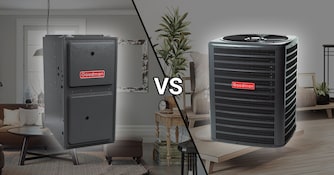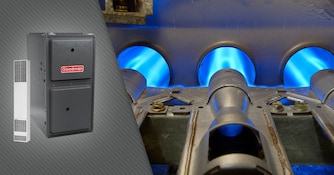
Furnace Staging 101
Think back to a time when you were playing a sport. If you’re like me, you either exerted all or none of your energy, leaving yourself exhausted.
The smart players were able to pace themselves. Like long-distance runners, they only expended the energy they needed at any given time.
After reading this article, you’ll find that gas furnaces are as different as the players on a sports team. We’ll go over the differences between two stage vs single stage vs modulating furnaces and explain the pros and cons of each.
Single-Stage vs 2-Stage vs Modulating Furnaces
| Single-Stage | 2-Stage | Modulating | |
|---|---|---|---|
| Browse Single-Stage | Browse Two-Stage | Browse Modulating | |
| Efficiency | Low | Medium | High |
| Installation Cost | $ | $$ | $$$ |
| Temperature Stability | Fluctuates | Fluctates Less | Stable |
| Noise | Loudest | Quieter | Quietest |
Another way to summarize the difference between a single-stage, 2-stage, and modulating furnace is to use a car analogy.
A single-stage furnace is like a car that is either turned off or running at top speed (100 mph). You would use the fuel up much faster in such a car and pay more over time. It would also be very loud all the time.
A 2-stage furnace is like a car that adds a speed in between, say 50 mph. That way, you have some throttling capability, and it’s not all or nothing. It’s an improvement in efficiency but still limited in flexibility.
Finally, a modulating furnace is like a regular car. It’s able to adjust its speed and fuel consumption to any level, depending on how much power is needed at the time. You would save the most fuel over time.
Single-Stage Furnaces
Single-stage furnaces run at their full power until the heating demand is met, and then they shut off completely. Since they are always running at their full potential, they aren’t very energy efficient, but they are less expensive to purchase and install.
Looking more closely, in a single-stage furnace, the gas valve is either completely open, allowing the full amount of gas to enter the burner, or completely shut. The burner flame is always at its highest level. There’s no in-between. It will keep you warm on the coldest days of winter but work inefficiently during milder spring or autumn days.
Single-stage furnaces work better in smaller, single-story homes where there is less room for temperature fluctuations. In larger homes, single-stage furnaces may leave cold spots because they will turn off once the room with the thermostat reaches the setpoint temperature.
What is a 2 Stage-Furnace?
A 2-stage furnace has two burner settings — low and high. When not as much heat is required, such as during spring and autumn, the gas valve will open only partly, allowing a reduced amount of gas to enter the burner. Only when more heat is required does the gas valve open completely, allowing the full complement of gas to enter the burner.
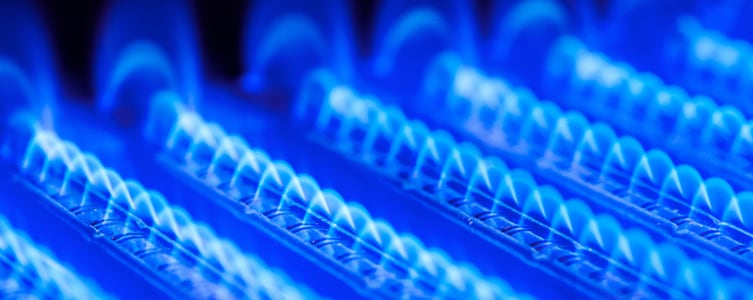
Because it can throttle between low and high burner settings, a two-stage furnace is more efficient than a single-stage one. If the furnace can provide adequate heat with less gas, it will do so, helping to prevent wasted energy. The added flexibility usually means that a 2-stage furnace will be slightly more expensive to buy than a single-stage unit.
Modulating Furnaces
A modulating furnace adjusts the burner flame to the precise temperature needed to maintain the setpoint temperature at any given moment. This allows for maximum energy efficiency and comfort.
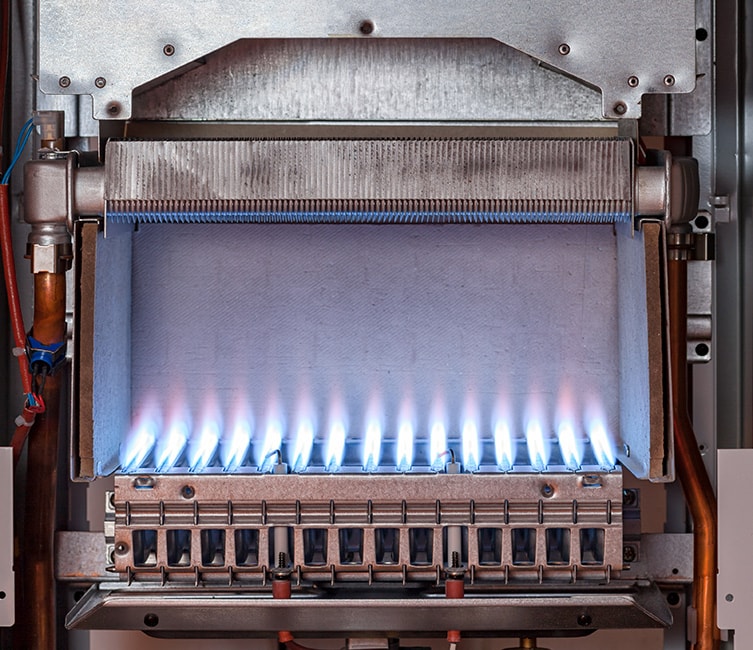
Like a well-paced athlete, a modulating furnace doesn’t use any more energy than it must. When you first turn it on, a modulating furnace will run at full power but then gradually reduce the flame size as the temperature stabilizes. Eventually, it will run at a consistent level nonstop, keeping the indoor temperature always within 1-2 degrees of the setpoint.
Since it runs at less power than a single-stage or two-stage furnace, a modulating unit will tend to be quieter over time. Although they are the priciest furnace option, modulating units promise to keep you perfectly comfortable and satisfied all the time.
Which Stage Should I Choose?
While it may seem like a modulating furnace is the clear winner, the high upfront cost of the initial purchase can make a one-stage or two-stage furnace a better choice for you.
Typically, areas with mild winters that only require heating for a week or two can get by with a cheaper single-stage furnace without noticing much in the way of efficiency or performance losses.
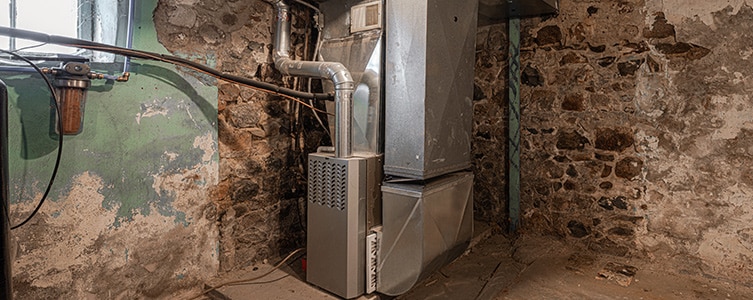
If you have mild winters that aren’t incredibly cold but last for a majority of the season, a two-stage furnace can provide the flexibility for multiple operating conditions, increased efficiency over a single-stage, and a noticeable price difference in the initial purchase while still reaping overall savings in the long run.
If you’re in the market for the best, most efficient, highest-performing unit and are less concerned about the upfront cost, a modulating unit is a clearly superior choice. These units provide maximum efficiency, extending the life of your system and reducing the wear and tear that comes with single- and two-stage units.



